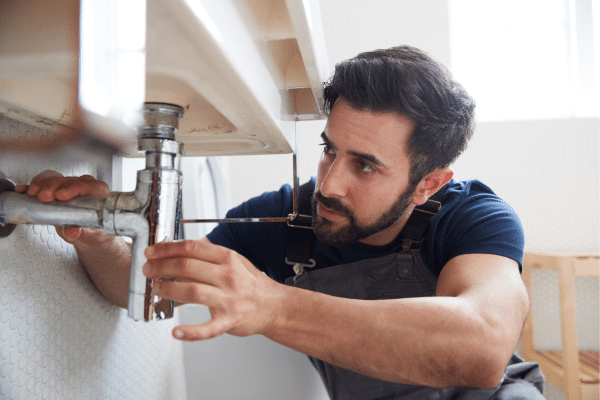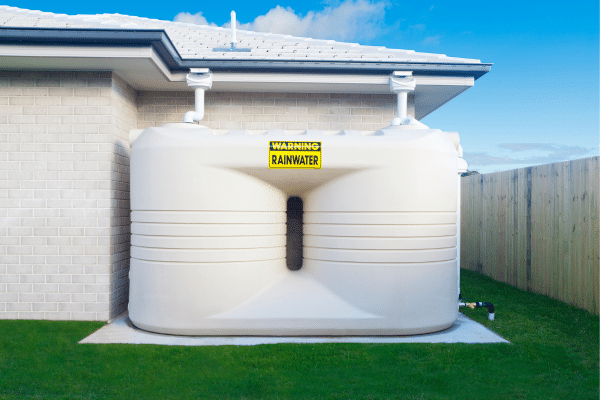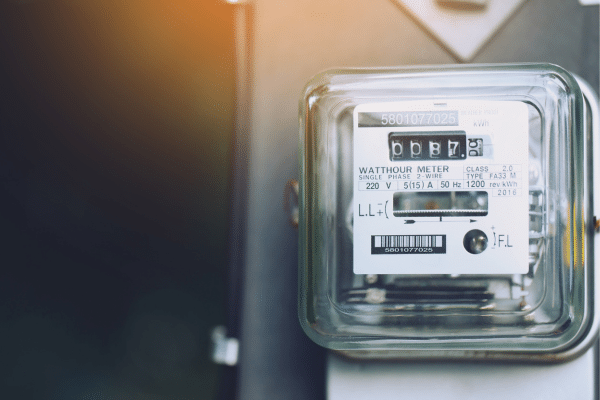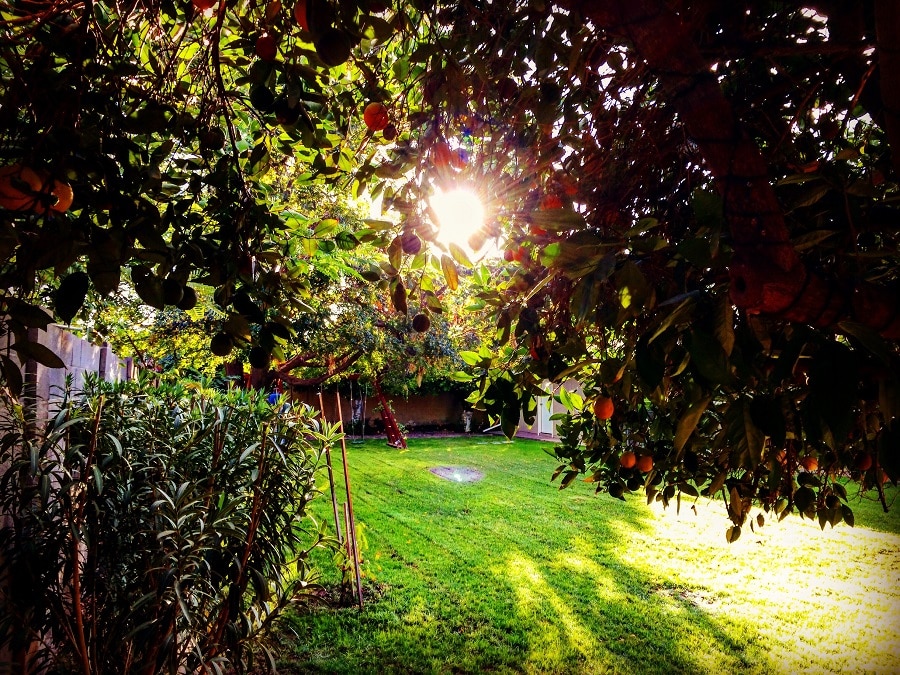Water conservation is essential in the current global landscape where water resources are becoming increasingly scarce. This blog post aims to shed light on practical tips for saving water in everyday life. With the growing urgency for individuals to adopt water-saving practices, it is crucial to understand how small changes can have a significant impact. From taking shorter showers to fixing leaks and using water-efficient appliances, the strategies outlined here are designed to help conserve this precious resource, ensuring its availability for future generations.
Contents
Take Shorter Showers

Every minute under the shower uses a substantial amount of water, and reducing shower time is a straightforward way to conserve. For example, cutting shower time from ten minutes to five can save gallons of water each day. This not only helps in conserving water but also reduces the energy cost associated with heating water. Simple actions, such as using a timer or limiting showers to the duration of a few songs, can make this practice easier to adopt. Additionally, investing in water-saving showerheads can further reduce water usage without compromising the quality of the shower experience.
Shortening showers offers a dual benefit: saving water and reducing utility bills. It is a practice that can be easily incorporated into daily routines. By making a conscious effort to spend less time under the water, individuals contribute significantly to water conservation efforts. Encouraging other household members to adopt this habit amplifies the impact. The key is to start small, perhaps by reducing shower time gradually, until it becomes a natural part of the daily routine.
Fix Leaks Promptly

Leaks in the home, even those that appear minor, can lead to a significant waste of water over time. A dripping faucet or a running toilet can waste thousands of gallons of water annually, which not only is detrimental to water conservation efforts but also inflates water bills unnecessarily. Regularly checking faucets, pipes, and toilet tanks for leaks is an important step in water conservation. Once detected, these leaks should be fixed immediately. For those not comfortable with DIY repairs, hiring a professional can ensure that the job is done correctly.
The process of identifying leaks includes monitoring water bills for unexplained increases in usage, listening for running water in toilets, and inspecting under sinks for moisture or small leaks. Sometimes, food coloring added to the toilet tank can help identify leaks if the color appears in the bowl without flushing. This proactive approach to maintenance can prevent small issues from turning into larger, more costly problems. By addressing leaks promptly, a significant amount of water can be saved, highlighting the importance of vigilance and timely action in water conservation.
Use Full Loads In Dishwashers And Washing Machines

Maximizing the efficiency of dishwashers and washing machines by running them only when full can lead to considerable water savings. These appliances are among the highest water users in many households, and using them more judiciously can have a significant impact on overall water consumption. Modern appliances often feature water-saving cycles designed for full loads, ensuring that dishes and clothes come out clean while using less water. By waiting until there is a full load before running these appliances, unnecessary cycles and the associated water waste can be avoided.
The choice of appliance also matters when it comes to water conservation. Energy-efficient models are specifically designed to use less water and energy without sacrificing performance. When purchasing new appliances, looking for those with the Energy Star label can guide consumers toward products that meet strict efficiency guidelines. Additionally, some models offer eco-friendly cycles that are tailor-made for conserving water. Adopting these practices not only contributes to water conservation but also helps in reducing energy consumption, offering environmental benefits beyond water savings alone.
Collect And Reuse Rainwater

Collecting rainwater is an effective method for conserving water, reducing dependence on municipal systems, and lowering water bills. This practice involves capturing rain from rooftops and storing it for later use in gardens, lawns, or for other non-potable purposes such as flushing toilets and washing cars. Simple rain barrels or more complex systems can be set up to collect and store rainwater. Besides saving tap water, rainwater harvesting helps in reducing runoff, which can carry pollutants into waterways. Educating oneself on local regulations regarding rainwater collection is important, as some areas have specific guidelines or restrictions.
Using collected rainwater can significantly reduce the demand for treated water for outdoor watering needs. Plants often prefer rainwater over tap water because it is free from chlorine and other chemicals found in municipal water supplies. Setting up a rainwater collection system can be as simple as placing a barrel under a downspout. For those interested in more sophisticated systems, there are options that include filters and pumps to distribute water more efficiently. Regardless of the system’s complexity, the act of collecting and utilizing rainwater is a step towards sustainable living and water conservation.
Water Plants Wisely

Efficient watering practices for gardens and lawns can greatly reduce water consumption. Watering plants during the early morning or late evening reduces evaporation, allowing water to soak into the soil and reach plant roots more effectively. Utilizing drip irrigation systems or soaker hoses targets water directly to the base of plants, minimizing waste and preventing water from evaporating before it can be utilized by the plant. Mulching around plants also helps retain soil moisture, reducing the need for frequent watering. Selecting native or drought-resistant plants can further decrease water use, as these species are adapted to thrive in local conditions with minimal additional watering.
Adjusting lawn care practices can also contribute to water savings. Lawns are often over-watered, leading to shallow root systems and increased water demand. Teaching oneself to recognize when plants and lawns truly need watering, rather than adhering to a fixed schedule, can prevent unnecessary water use. Encouraging deeper root growth by watering less frequently but more deeply can make lawns more drought-resistant. Implementing these strategies not only conserves water but also promotes healthier, more resilient plants and lawns.
Install Water-Saving Devices

The installation of water-saving devices is a straightforward approach to reducing water consumption in the household. Devices such as low-flow showerheads, faucet aerators, and dual-flush toilets can significantly decrease the amount of water used in daily activities. These technologies are designed to provide the same functionality while using a fraction of the water that traditional fixtures consume. For instance, low-flow showerheads can save thousands of gallons of water per year without sacrificing water pressure. Investing in these devices not only contributes to water conservation but also results in savings on water bills over time.
The initial cost of water-saving devices is often recouped through the reduction in water bills. Many local governments and water utilities offer rebates or incentives to encourage the adoption of these water-efficient products. Educating oneself about available options and selecting devices that are compatible with existing fixtures is crucial for maximizing efficiency and savings. Beyond the bathroom and kitchen, considering upgrades to water-efficient appliances like washing machines and dishwashers can further enhance water conservation efforts. By making informed choices, households can play a significant role in conserving water resources.
Educate Your Household

Encouraging water conservation within the household requires education and collective action. Discussing the importance of saving water and implementing a plan to reduce consumption can engage all family members in the effort. Simple practices, such as turning off the tap while brushing teeth or collecting water used for rinsing fruits and vegetables to water plants, can be effective starting points. Establishing a culture of conservation at home involves everyone’s participation and can lead to significant reductions in water use. Additionally, setting a positive example can influence friends and extended family to consider their water usage habits.
Children can be powerful advocates for water conservation when they understand the reasons behind it. Introducing fun and educational activities that highlight the value of water can foster a lifelong commitment to conservation. Challenges, such as who can take the shortest shower or measures to reduce water usage during household chores, can make conservation efforts more engaging. Recognizing and celebrating the achievements of household members in saving water can reinforce positive behaviors and ensure that water conservation becomes a shared value.
Monitor Your Water Usage

Monitoring water usage is essential for identifying opportunities for conservation and assessing the effectiveness of implemented measures. Regularly reviewing water bills and noting any significant changes in consumption can highlight areas for improvement. Modern technology, such as smart water meters and home management systems, offers real-time monitoring of water use, enabling households to detect leaks and inefficiencies promptly. Such technologies can provide detailed insights into when and how water is being used, guiding efforts to reduce consumption.
Manual tracking of water use in specific activities, like watering the garden or filling a swimming pool, can also be enlightening. This hands-on approach allows for a better understanding of personal or household water consumption patterns. By setting goals for water usage and regularly assessing progress, individuals and families can make more informed decisions about where to focus their water-saving efforts. The act of monitoring and adjusting water use is a continuous process that can lead to substantial water conservation over time.
The Bottom Line
Conserving water is a crucial responsibility that extends beyond individual or household efforts; it is a collective action that contributes to the sustainability of global water resources. The strategies discussed, from taking shorter showers to installing water-saving devices, highlight practical steps that can be taken to reduce water consumption. Each action, no matter how small, plays a part in the broader effort to conserve water. It is through awareness, education, and proactive measures that significant progress can be made. As communities come together to prioritize water conservation, the cumulative impact of these actions can ensure the availability of this vital resource for future generations.


